Home>Storage Ideas>Bedroom Storage>Bedroom Furniture Ideas: 10 Design Tips For Sleep Spaces
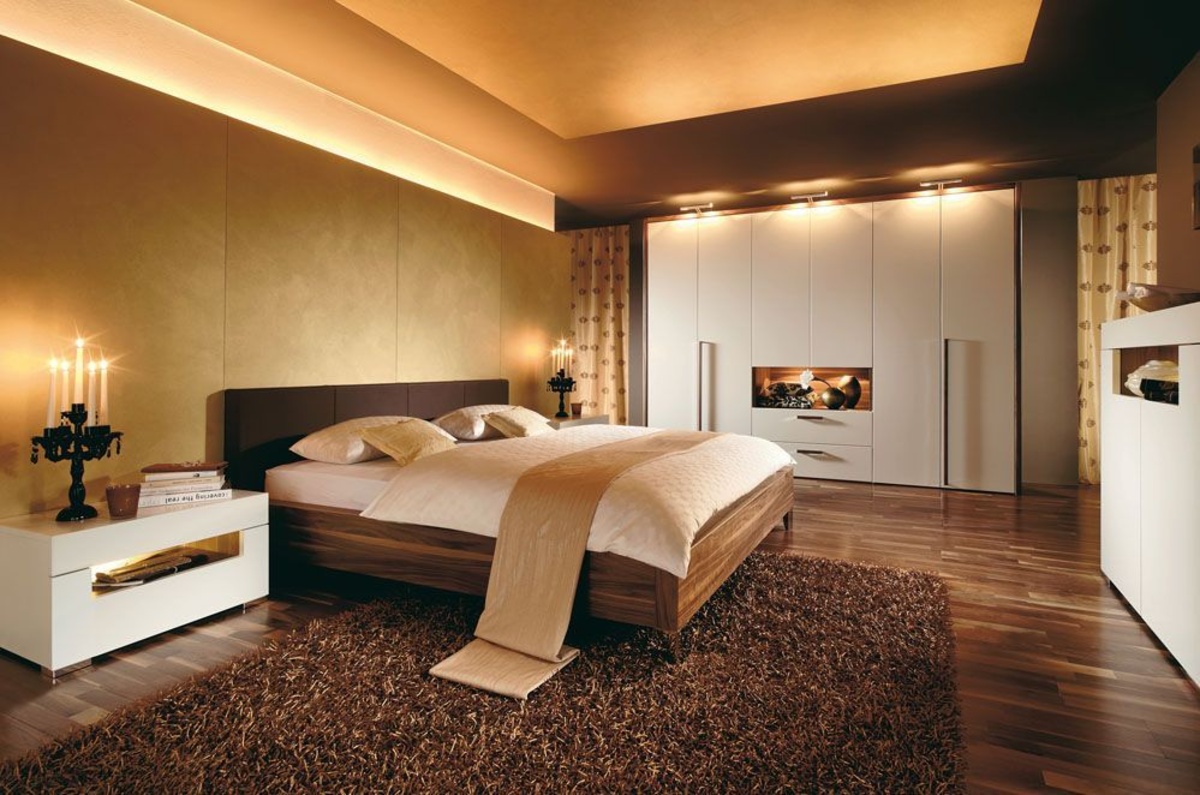

Bedroom Storage
Bedroom Furniture Ideas: 10 Design Tips For Sleep Spaces
Modified: September 2, 2024
Transform your bedroom with these 10 design tips for sleep spaces, including clever bedroom storage solutions. Create a peaceful and organized atmosphere.
(Many of the links in this article redirect to a specific reviewed product. Your purchase of these products through affiliate links helps to generate commission for Storables.com, at no extra cost. Learn more)
Introduction
We all want our bedrooms to be a peaceful sanctuary, a place where we can rest and rejuvenate. A well-designed bedroom not only promotes better sleep but also enhances our overall well-being. To create a truly relaxing sleep space, it’s important to consider the design elements and furniture choices that contribute to an organized and clutter-free environment.
In this article, we will explore 10 design tips to optimize your bedroom storage, making the most of your space while adding style and functionality. From choosing the right bed to incorporating natural elements, these ideas will help you transform your bedroom into a tranquil retreat.
So, whether you have a small bedroom or a spacious one, let’s dive into the world of bedroom furniture ideas and discover how to make the most of your sleep space!
Key Takeaways:
- Create a serene sleep space by choosing the right bed, incorporating cozy elements, and maximizing storage. Personalize your sanctuary with budget-friendly decor and natural touches for a tranquil retreat.
- Optimize your bedroom with functional furniture arrangements, proper lighting, and a soothing color scheme. Infuse your space with personal touches, natural elements, and budget-friendly ideas for a peaceful haven.
Read more: Cozy Bedrooms: Sleep In Style
Choosing the Right Bed
One of the most important aspects of bedroom design is selecting the right bed. After all, the bed is the focal point of the room and sets the tone for the entire space. When choosing a bed, consider both style and functionality.
First, determine the size of the bed that best fits your needs. If you have a small bedroom, opt for a twin or full-size bed to maximize available space. For larger rooms, a queen or king-size bed can add a touch of luxury and provide ample sleeping space.
In addition to size, think about the style and design of the bed. Whether you prefer a modern platform bed, a classic four-poster frame, or a sleek upholstered headboard, choose a style that aligns with your personal taste and complements the overall aesthetic of the room.
Consider the materials used in the construction of the bed as well. Solid wood frames provide durability and a timeless appeal, while metal frames offer a more contemporary look. Upholstered beds can add a touch of elegance and bring texture to the room.
Another factor to consider is the storage options the bed offers. Many modern bed frames come with built-in storage compartments, such as drawers underneath or shelves in the headboard. These are perfect for storing extra bedding, pillows, or even off-season clothes, helping to keep your bedroom tidier and more organized.
Ultimately, choosing the right bed involves finding a balance between style, function, and comfort. Take your time to explore different options and find a bed that will provide both a visually appealing centerpiece for your bedroom and a comfortable place to rest at the end of the day.
Creating a Cozy and Relaxing Atmosphere
Your bedroom should be a haven of comfort and relaxation, so it’s important to create a cozy and inviting atmosphere. Consider the following tips to achieve a serene ambiance:
Choose the right bedding: Opt for soft and comfortable bedding materials, such as high-quality cotton or bamboo sheets. Layer your bed with plush pillows, cozy blankets, and a duvet or comforter that suits the season. The right bedding can enhance your sleep experience and make your bedroom feel like a luxurious retreat.
Add window treatments: Install curtains or blinds to control the amount of natural light that enters your bedroom. Opt for blackout curtains if you prefer a dark sleeping environment. Sheer curtains can create an ethereal and romantic ambiance.
Incorporate soft lighting: Avoid bright overhead lights in the bedroom, as they can be too harsh and disrupt your sleep. Instead, opt for soft, ambient lighting. Use bedside lamps, wall sconces, or string lights to create a warm and cozy glow. Consider installing dimmer switches to adjust the lighting intensity according to your needs.
Integrate soothing colors: Choose a color palette that promotes relaxation and tranquility. Soft, neutral shades like pastels, light grays, or calming blues can create a serene atmosphere. Avoid vibrant or bold colors, as they can be visually stimulating and hinder sleep.
Bring in natural elements: Incorporate natural materials and textures in your bedroom decor. Add potted plants for a touch of greenery, use wooden furniture or accents for warmth, and include natural fibers like rattan or linen for a cozy feel. These elements can evoke a sense of serenity and connection to nature.
Declutter and organize: A cluttered bedroom can disrupt your peace of mind. Take the time to declutter and organize your space, ensuring that everything has a designated place. Use smart storage solutions like under-bed storage containers, floating shelves, or drawer dividers to keep your belongings tidy and out of sight.
By creating a cozy and relaxing atmosphere in your bedroom, you’ll enhance the overall ambiance and promote better sleep. Your bedroom should be a place where you can escape the stresses of the day and indulge in restful tranquility.
Incorporating Proper Lighting
Lighting is a crucial element in any bedroom design as it sets the mood and enhances the functionality of the space. Here are some tips for incorporating proper lighting:
Natural Light: Maximize the amount of natural light in your bedroom by choosing light-colored curtains or blinds that allow sunlight to filter through. Place your bed near windows to bask in the soft morning light. Natural light can boost your mood and provide a sense of well-being.
Ambient Lighting: Install overhead fixtures or strategically placed recessed lights to provide general illumination in the room. Opt for dimmable switches to control the intensity of the light and create a cozy atmosphere for relaxation.
Task Lighting: Place task lighting, such as bedside lamps or wall-mounted reading lights, to provide focused illumination for activities like reading or working. Adjustable lamps with a flexible neck or swing-arm design offer versatility and convenience.
Accent Lighting: Use accent lighting to highlight specific features in your bedroom, like artwork, a decorative headboard, or a prized possession. Consider using LED strip lights under floating shelves or behind a headboard to create a soft, indirect glow.
Nightstands with Built-in Lighting: Opt for nightstands that come with built-in lighting features. These can have integrated USB ports or wireless charging capabilities, providing convenience and functionality while minimizing clutter.
Smart Lighting Systems: Consider investing in a smart lighting system that allows you to control the brightness, color, and scheduling of your bedroom lights. This gives you the ability to create different lighting scenes for different activities and moods.
Lighting Fixtures as Décor: Choose lighting fixtures that not only serve a functional purpose but also add style and visual appeal to your bedroom. Pendant lights, chandeliers, or modern wall sconces can serve as eye-catching statement pieces in your sleep space.
By incorporating proper lighting in your bedroom, you can create a well-lit and visually pleasing environment. The right combination of natural light, ambient lighting, and task lighting will elevate the functionality and aesthetics of your sleep space.
Maximizing Storage Space
When it comes to bedroom design, one of the most important factors to consider is maximizing storage space. A clutter-free bedroom not only looks tidy and organized but also promotes a peaceful and relaxing atmosphere. Here are some tips to make the most of your bedroom storage:
Utilize Under-Bed Storage: Make use of the space under your bed by investing in storage containers or bins. These can be used to store off-season clothing, extra bedding, or items that are not frequently used. Opt for under-bed storage with wheels for easy access and convenience.
Choose Multi-Functional Furniture: Select furniture pieces that offer built-in storage solutions. For example, opt for a bed frame with drawers underneath or a bedside table with shelves or a cabinet. This way, you can maximize storage while minimizing the need for additional bulky furniture.
Install Wall-Mounted Shelves: Utilize vertical space by installing wall-mounted shelves. This is a great way to store books, display decorative items, or keep frequently used items within reach. Floating shelves, in particular, create a clean and modern look while providing storage functionality.
Invest in a Wardrobe or Closet Organizer: If your bedroom lacks a closet or has limited closet space, invest in a wardrobe or a closet organizer system. These solutions provide ample space to hang clothes, store shoes, and organize accessories. Utilize bins, baskets, or dividers to keep items neatly categorized.
Consider a Storage Bench: A storage bench at the foot of your bed offers both seating and storage functionality. Use it to store extra blankets, pillows, or even shoes. Choose a bench with a hinged top for easy access to your stored items.
Think Upward with Overhead Storage: Make use of the often-underutilized space above your headboard or wardrobe by adding overhead storage. Install cabinets or shelves to store items that are not frequently accessed or to display decorative items.
Use Drawer Organizers: Keep your dresser drawers organized by using dividers or organizers. This will help maximize storage space and make it easier to find and access your clothing and accessories.
Take Advantage of Closet Door Space: Hang over-the-door shoe organizers or hooks on the inside of your closet door. This provides additional storage options for shoes, belts, scarves, or other accessories.
By being strategic with your storage solutions, you can ensure that your bedroom remains neat, organized, and clutter-free. Maximize space by using under-bed storage, multi-functional furniture, wall-mounted shelves, and closet organizers, and enjoy the benefits of a well-organized sleep space.
Read more: How To Mix And Match Furniture In Bedroom
Selecting the Right Color Scheme
The color scheme of your bedroom plays a significant role in creating a soothing and inviting atmosphere. The right colors can promote relaxation, enhance sleep quality, and set the tone for your sleep space. When selecting a color scheme, consider the following tips:
Neutral Shades: Opt for neutral shades as the base color for your bedroom. Colors like soft whites, gentle grays, or warm beiges create a calm and timeless backdrop. Neutral colors also provide versatility, allowing you to easily switch up your decor and accessories without clashing with the overall scheme.
Cool-Toned Colors: Cool-toned colors, such as shades of blue and green, are known for their calming and soothing effects. These colors can help create a serene atmosphere in your bedroom, promoting relaxation and better sleep. Consider light shades of pastel blue or a pale sage green for a tranquil vibe.
Warm Earth Tones: Warm earth tones, like soft browns, warm taupes, or muted terracottas, can create a cozy and comforting ambiance. These colors evoke a sense of grounding and can make your sleep space feel snug and inviting. Use them as accents through decor items, bedding, or wall colors.
Soft Pastels: Soft pastel colors, such as blush pink, lavender, or pale yellow, can add a touch of femininity and subtlety to your bedroom. These colors can create a light and airy atmosphere, especially when paired with white or neutral furniture. Use pastels in accents like throw pillows, curtains, or wall art for a delicate and dreamy look.
Monochromatic Themes: Consider using a monochromatic color scheme, which involves using shades of a single color throughout your bedroom. This creates a cohesive and harmonious look. Play with different intensities and tones of the chosen color to add depth and visual interest to the space.
Accent Colors: Once you have chosen a base color palette, you can incorporate accent colors to add pops of interest. This can be done through accessories, artwork, or even a feature wall. Select colors that complement your base shades, but be careful not to overwhelm the space with too many vibrant or contrasting colors.
Remember, the color scheme you choose should align with your personal preferences and create a space that promotes relaxation and rest. Experiment with different colors and shades to find the perfect combination that resonates with you and creates a serene, tranquil sleep environment.
When choosing bedroom furniture, consider the size and layout of the room to ensure that the pieces you select fit comfortably and allow for easy movement around the space.
Arranging Furniture for Functionality
The arrangement of furniture in your bedroom plays a crucial role in maximizing functionality and creating a comfortable space. Here are some tips for arranging your bedroom furniture:
Consider the Bed Placement: The bed should be the focal point of your bedroom and placed in a position that allows for easy access and a clear view of the room. Avoid placing the bed in front of windows or blocking pathways. Place bedside tables or nightstands on either side of the bed for convenience.
Create a Conversation Area: If you have enough space, consider adding a seating area in your bedroom. You can place a cozy armchair and a small side table near a window or in a corner. This creates a quiet spot for reading, relaxing, or enjoying a morning cup of coffee.
Keep Traffic Flow in Mind: Ensure there is enough space to move freely around the room. Avoid cluttering pathways with furniture or decor items. Aim for a balance between open space and functional furniture placement.
Organize Dresser and Closet Area: Position your dresser or wardrobe in a location that is easily accessible. This allows for effortless storage and retrieval of clothing items. Consider using drawer organizers and dividers to keep your clothing neatly organized and easily accessible.
Create a Workspace: If you have the space, consider adding a small desk and chair for a dedicated workspace in your bedroom. This can be ideal for those who work from home or enjoy having a separate area for reading, studying, or pursuing hobbies.
Utilize Wall Space for Storage: Take advantage of wall space by adding shelves, hooks, or floating cabinets. This provides extra storage for books, decor items, or personal belongings. Wall-mounted storage solutions can help keep your bedroom organized and free up floor space.
Evaluate Placement of Electronics: Consider the positioning of electronic devices such as TVs, computers, or charging stations. Place them in areas that are convenient yet not overly stimulating when it’s time to relax and sleep. Consider using cord organizers to keep cables and wires hidden and prevent visual clutter.
Keep Accessibility in Mind: Arrange furniture in a way that allows for easy access to outlets, light switches, and bedside lamps. Consider using extension cords or power strips to ensure all your electronic devices can be conveniently plugged in.
Experiment and Adjust: Don’t be afraid to rearrange your furniture if it doesn’t initially feel right. Experiment with different layouts until you find the arrangement that suits your needs and makes the best use of your space.
By carefully arranging your bedroom furniture, you can create a functional and well-designed space that promotes relaxation and meets your specific needs. Take the time to evaluate the flow of the room and make adjustments as necessary to optimize comfort and functionality.
Adding Personal Touches and Decor
Your bedroom should reflect your personal style and be a space that brings you joy. Adding personal touches and decor is a great way to infuse your personality into the room and create a comforting, visually pleasing environment. Here are some tips for adding personal touches and decor to your bedroom:
Showcase Personal Photographs: Display framed photographs of loved ones, memorable moments, or places that hold significance to you. This adds a personal touch to your bedroom and reminds you of cherished memories.
Hang Artwork: Choose artwork that resonates with you and enhances the overall aesthetic of the room. Whether it’s a painting, a print, or a photograph, artwork adds visual interest and personality to your sleep space. Consider the size and scale of the artwork in relation to the wall space and furniture.
Integrate Textiles: Use textiles to add warmth and texture to your bedroom. Consider adding soft throw pillows, cozy blankets, or an area rug that complements your color scheme. Don’t be afraid to mix patterns and textures to create depth and visual interest.
Add Greenery: Incorporate plants or fresh flowers to bring a touch of nature into your bedroom. Plants not only add beauty but also purify the air and create a soothing environment. Choose low-maintenance plants that thrive in low-light conditions if your bedroom lacks ample natural light.
Showcase Collections or Hobbies: If you have collections or hobbies that hold significance to you, incorporate them into your bedroom decor. Whether it’s a display of books, vinyl records, sports memorabilia, or artwork, showcasing your passions adds a personal touch and makes your space uniquely yours.
Use Mirrors: Strategically place mirrors in your bedroom to create the illusion of more space and reflect natural light. This can make your room feel brighter and more open. Choose mirrors with frames that complement your decor style.
Utilize Decorative Storage: Opt for decorative storage solutions that serve both functionality and aesthetics. Use stylish baskets, decorative boxes, or fabric bins to organize and store small items. This helps keep your bedroom clutter-free while adding a decorative element to your space.
Incorporate Scented Candles or Diffusers: Enhance the ambiance of your bedroom with scented candles or diffusers. Choose calming scents like lavender, chamomile, or vanilla to promote relaxation and create a peaceful atmosphere. Always prioritize safety by following candle usage guidelines.
Consider Customization: Explore personalized touches such as monogrammed bedding, custom artwork, or DIY projects to make your bedroom truly unique. This allows you to infuse your own creativity and style into the space.
Remember, the key is to select items that resonate with you on a personal level. Adding personal touches and decor to your bedroom creates a space that feels welcoming and reflects your individuality, making it a true sanctuary that promotes relaxation and comfort.
Incorporating Natural Elements
Bringing nature into your bedroom can create a soothing and rejuvenating atmosphere. Incorporating natural elements can help promote a sense of calm, connect you with the outdoors, and enhance your overall well-being. Here are some ideas for incorporating natural elements into your bedroom:
Use Natural Materials: Choose furniture made from natural materials such as solid wood or rattan. These materials not only add warmth and character to your bedroom but also create a natural and grounding vibe.
Add Plants: Indoor plants not only improve the air quality but also bring life and vitality into your sleep space. Select low-maintenance plants that thrive in low-light conditions such as snake plants, pothos, or spider plants. Place them on bedside tables, shelves, or even hang them from the ceiling in macrame plant hangers.
Let in Natural Light: Optimize natural light by keeping your windows unobstructed and allowing sunlight to filter into your bedroom. Maximize the benefits of natural light by choosing sheer or light-colored curtains that let in daylight while maintaining privacy.
Use Natural Fibers: Incorporate natural fibers in your bedroom decor. Choose bedding made from organic cotton or linen for a soft and breathable feel. Use natural fiber rugs to add texture and warmth to your bedroom floor.
Decorate with Seashells or Driftwood: Bring a touch of the beach into your bedroom by decorating with seashells or driftwood. Display shells in glass jars or arrange them on a tray as a decorative centerpiece. Hang pieces of driftwood on the wall or use them as natural bookends.
Utilize Natural Colors: Use a color palette inspired by nature. Choose earthy tones such as shades of green, brown, or soft neutrals like beige or sand. These colors create a calming environment and evoke a peaceful connection with the outdoors.
Include Natural Scents: Infuse your bedroom with natural scents by using essential oils or dried herbs such as lavender or eucalyptus. You can place sachets of dried lavender around your room or use essential oil diffusers for a subtle, inviting aroma.
Decorate with Nature-Inspired Artwork: Hang artwork depicting nature scenes or landscapes to bring the beauty of the outdoors into your bedroom. Choose prints or paintings that resonate with you and create a sense of tranquility.
Consider a Nature-Themed Accent Wall: Select a nature-themed wallpaper or create a DIY accent wall using natural textures such as reclaimed wood or exposed brick. This adds visual interest and brings a touch of the outdoors into your sleep space.
By incorporating natural elements into your bedroom, you can create a serene and refreshing environment. These elements can help reduce stress, improve air quality, and create a deeper connection to nature, allowing you to experience a greater sense of well-being and tranquility in your bedroom.
Read more: Style Your Bedroom For Better Sleep
Considering the Size and Layout of the Room
When it comes to designing your bedroom, considering the size and layout of the room is essential to maximize the available space and create a functional and visually appealing environment. Here are some tips to help you make the most of your bedroom’s size and layout:
Create a Floor Plan: Start by measuring your bedroom and creating a floor plan. This will give you a visual representation of the available space and help you determine the best placement for furniture and other elements.
Scale Your Furniture: Choose furniture that is proportionate to the size of your room. Avoid oversized furniture that can make the space feel cramped. Opt for smaller-scale pieces or consider multi-functional furniture to optimize the layout.
Consider Traffic Flow: Arrange furniture in a way that allows for easy movement around the room. Ensure there is enough space to walk freely without obstacles. Avoid placing large furniture items, such as dressers or bookcases, in areas that disrupt the flow of the room.
Utilize Vertical Space: When working with a small bedroom, make use of vertical space to maximize storage and functionality. Install shelves or wall-mounted storage units to keep items off the floor and free up valuable space. Consider utilizing tall wardrobes or tall bookshelves to make the most of vertical space.
Think Multi-Functional: Opt for furniture pieces that serve multiple purposes. For example, choose a bed with built-in storage drawers underneath or a desk that can also function as a makeup vanity. This allows you to maximize functionality while minimizing the number of furniture items in the room.
Consider Light Colors: Lighter colors can create the illusion of a bigger space. Opt for light-colored walls, flooring, and furniture to make your bedroom feel more open and airy. Lighter shades reflect more light, giving the appearance of a larger room.
Use Mirrors to Reflect Light: Hanging mirrors strategically in your bedroom can create the illusion of more space. Place a large mirror opposite a window to reflect natural light and make the room feel brighter and more expansive.
Keep It Simple: Avoid overcrowding your bedroom with too much furniture or excessive decor. Keeping the design clean and minimalistic helps create a sense of spaciousness, especially in small bedrooms. Opt for a few carefully chosen pieces that serve both functionality and aesthetics.
Consider the Layout of Windows and Doors: Place furniture in a way that allows for easy access to windows and doors. Ensure that windows are not obstructed and that doors can open and close without hindrance. This not only improves functionality but also enhances the overall flow of the room.
By carefully considering the size and layout of your bedroom, you can optimize the available space and create a well-designed room that meets your needs. Understanding the dimensions of the room, utilizing vertical space, and choosing furniture wisely will help you create a stylish and functional bedroom that is tailored to your preferences.
Budget-Friendly Ideas
Designing a beautiful bedroom doesn’t have to break the bank. With some creativity and resourcefulness, you can transform your sleep space into a comfortable and visually appealing retreat without overspending. Here are some budget-friendly ideas to consider:
Repurpose and Refurbish: Give new life to old furniture by repurposing or refurbishing them. Apply a fresh coat of paint to outdated dressers or nightstands, or use removable wallpaper to add a pop of pattern to a plain headboard. Look for thrift store finds that can be repurposed to fit your bedroom’s style.
Shop Sales and Clearance: Keep an eye out for sales and clearance events when purchasing bedroom furniture and decor. Many retailers offer discounts on seasonal items, floor models, or last season’s stock. Utilize online shopping platforms and sign up for newsletters to stay informed about the best deals.
DIY Decor Projects: Get crafty and create your own decor items to add a personal touch to your bedroom. Make your own artwork, create decorative pillows from affordable fabric, or repurpose everyday items into unique decor pieces. There are countless DIY tutorials available online for inspiration.
Shop Secondhand: Explore thrift stores, online marketplaces, and yard sales for affordable bedroom furnishings and accessories. You can find hidden gems, vintage pieces, and unique items that can add character to your sleep space. Remember to thoroughly inspect items for quality and functionality before purchasing.
Focus on Essential Pieces: Prioritize purchasing essential furniture pieces first, such as a comfortable mattress, a sturdy bed frame, and functional storage solutions. These items directly impact your sleep quality and bedroom functionality, so it’s worth investing in quality pieces that will last.
Accessorize with Affordable Finds: Look for affordable accessories like throw pillows, blankets, curtains, and rugs to add color, texture, and personality to your bedroom. Shop for these items at discount stores, online marketplaces, or during clearance sales.
Optimize Storage Solutions: Maximize storage space without spending a fortune by using inexpensive organization tools like baskets, bins, or drawer dividers. These items can help keep your bedroom clutter-free and organized.
Let Nature Be Your Decor: Incorporate natural elements like seashells, pinecones, or flowers into your bedroom decor. These items can be found for free or at a minimal cost, allowing you to bring a touch of nature into your sleep space without draining your budget.
Swap and Rearrange: Give your bedroom a fresh look by swapping decor items from different areas of your home or rearranging furniture. You’ll be surprised how a simple change in layout or decor placement can breathe new life into your space without spending a dime.
Embrace Minimalism: Adopting a minimalist mindset can help you stay within budget. Focus on quality over quantity, carefully curate your bedroom items, and eliminate unnecessary clutter. A clean and uncluttered space can create a calming and visually appealing environment.
Remember, designing a beautiful and functional bedroom doesn’t have to be expensive. Incorporating these budget-friendly ideas will allow you to transform your sleep space on a tight budget and create a room that reflects your personal style and promotes relaxation.
Conclusion
Your bedroom is more than just a place to sleep—it is your sanctuary and personal retreat. By following these 10 design tips, you can create a bedroom that not only maximizes storage space but also reflects your personal style and promotes a restful and relaxing atmosphere.
Start by choosing the right bed that suits your needs and complements the overall design of the room. Create a cozy and relaxing atmosphere by choosing the right bedding, incorporating proper lighting, and selecting a soothing color scheme. Arrange furniture for functionality, considering the size and layout of the room to maximize space and promote easy movement.
Adding personal touches and decor makes your bedroom feel like a true reflection of yourself. Showcase personal photographs, hang artwork, and incorporate natural elements like plants and seashells. Consider budget-friendly ideas such as repurposing furniture, shopping sales, and exploring DIY projects to bring your vision to life without overspending.
Remember that the ultimate goal is to create a serene and comfortable sleep space that nurtures your well-being. With careful attention to detail and a touch of creativity, you can achieve a bedroom that not only meets your functional needs but also brings you a sense of peace and joy.
Now it’s time to embark on your bedroom design journey. Take inspiration from these tips, adapt them to your own style and preferences, and create a space that truly embodies the perfect sanctuary for you.
Frequently Asked Questions about Bedroom Furniture Ideas: 10 Design Tips For Sleep Spaces
Was this page helpful?
At Storables.com, we guarantee accurate and reliable information. Our content, validated by Expert Board Contributors, is crafted following stringent Editorial Policies. We're committed to providing you with well-researched, expert-backed insights for all your informational needs.
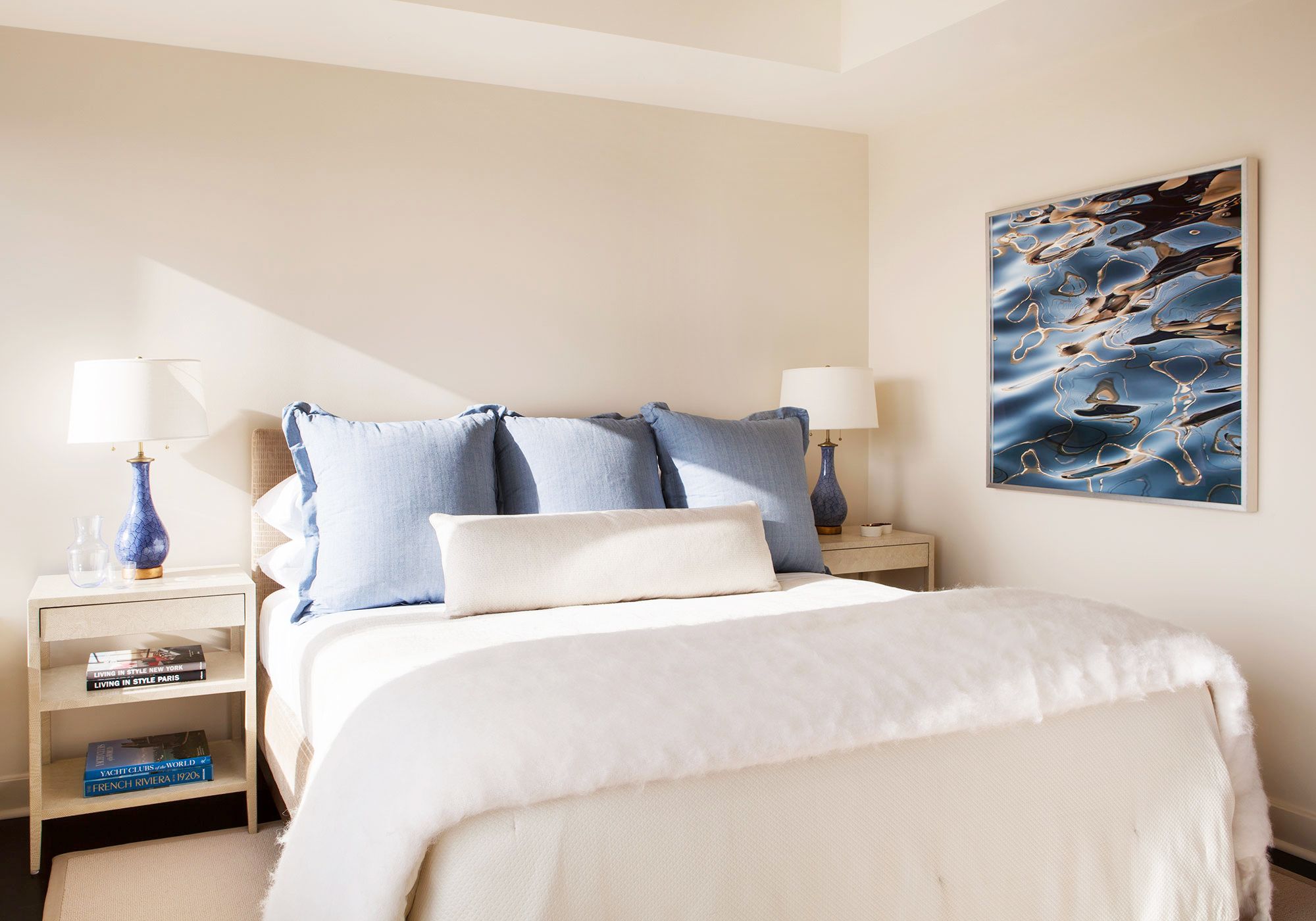
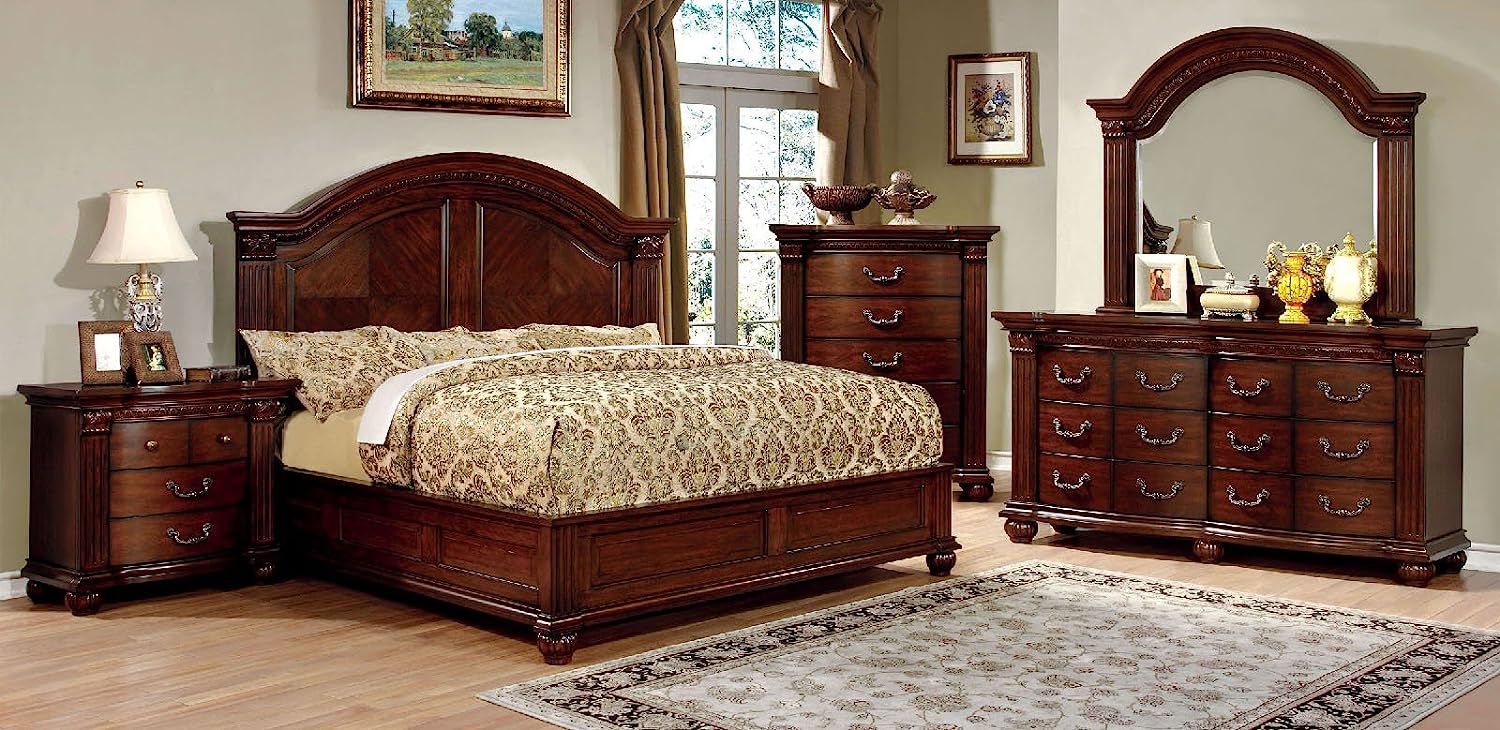

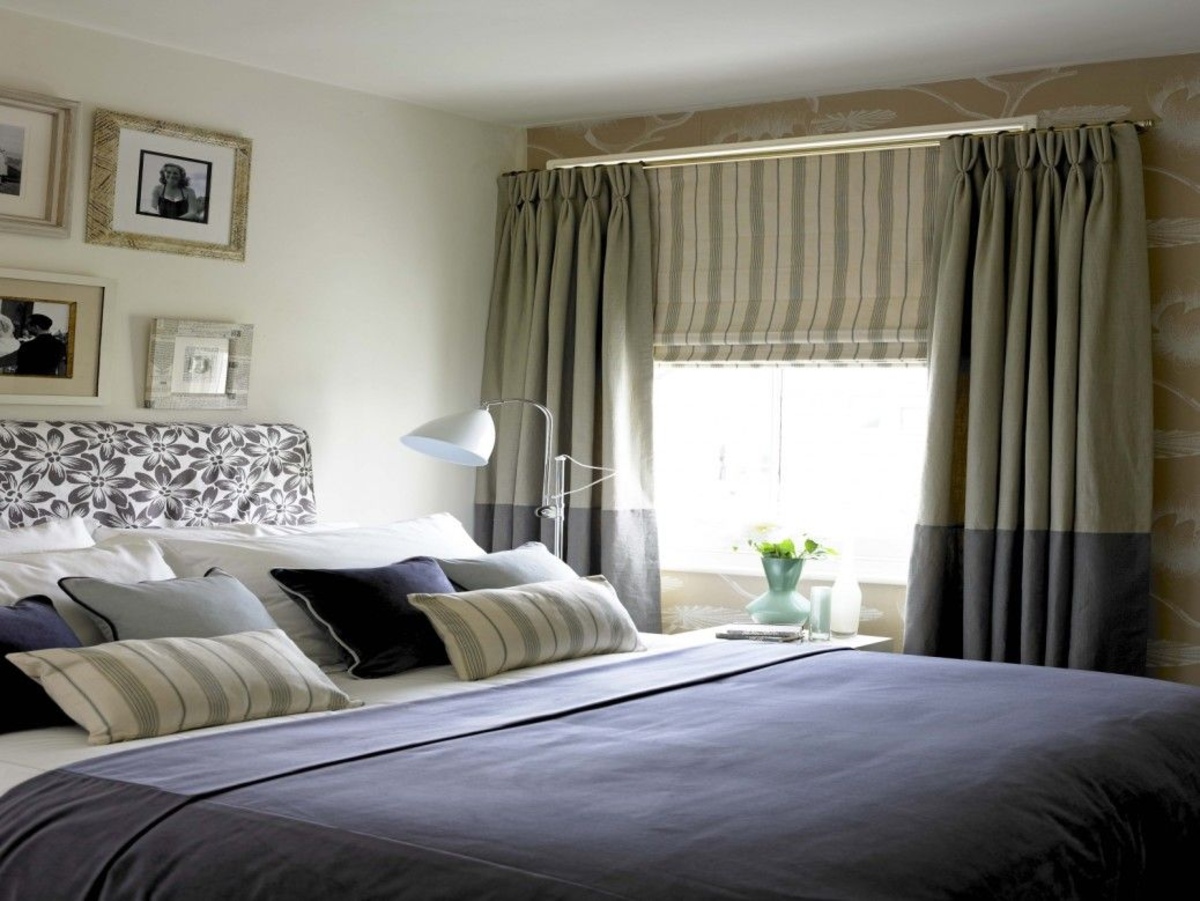
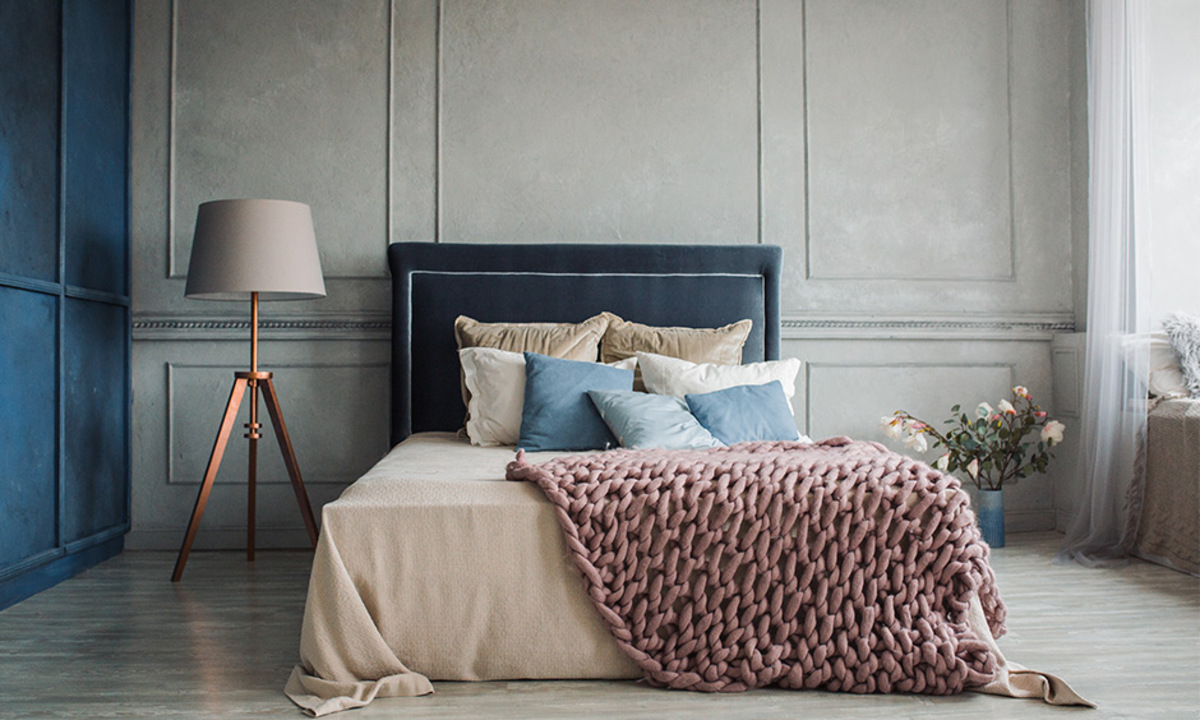
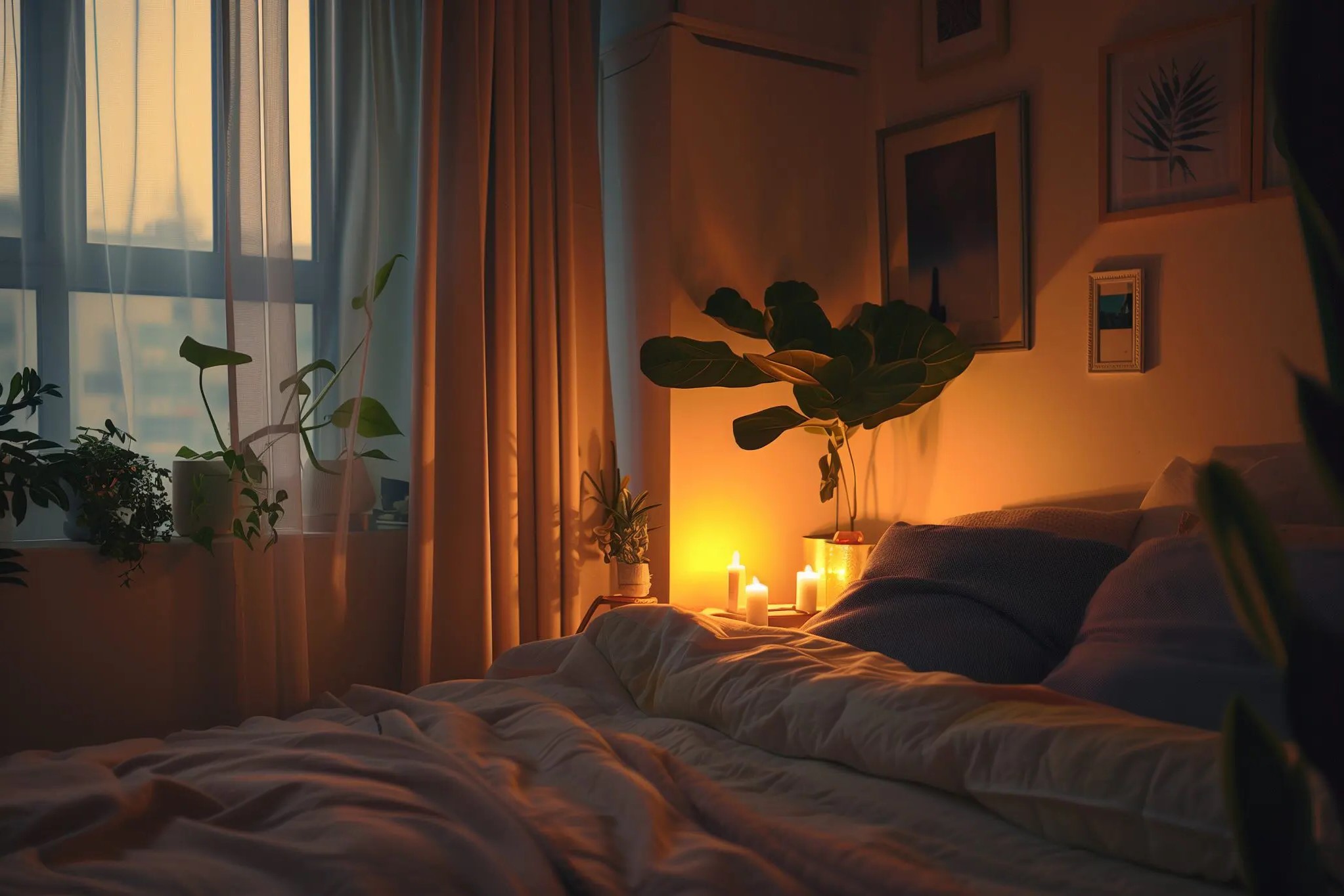

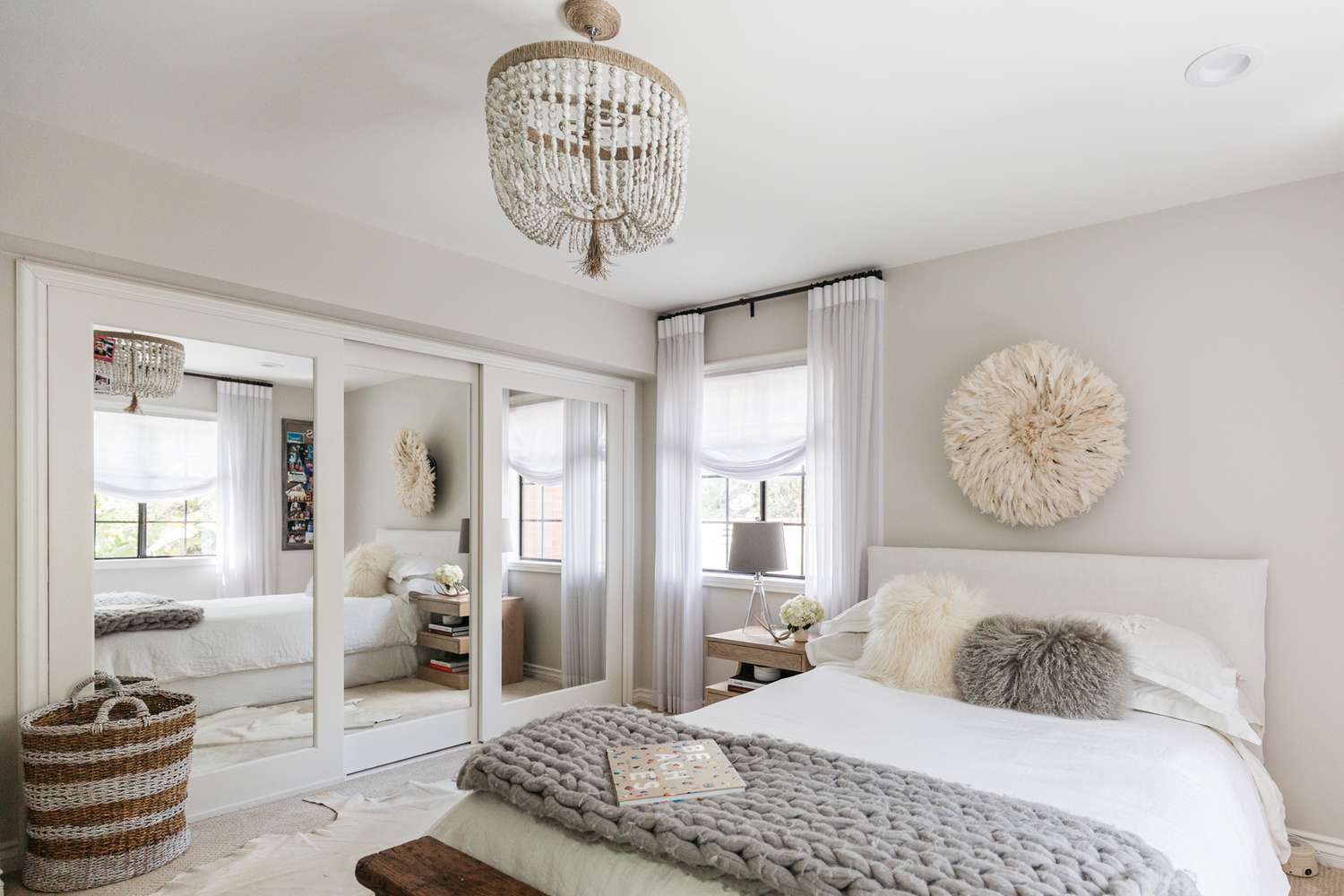
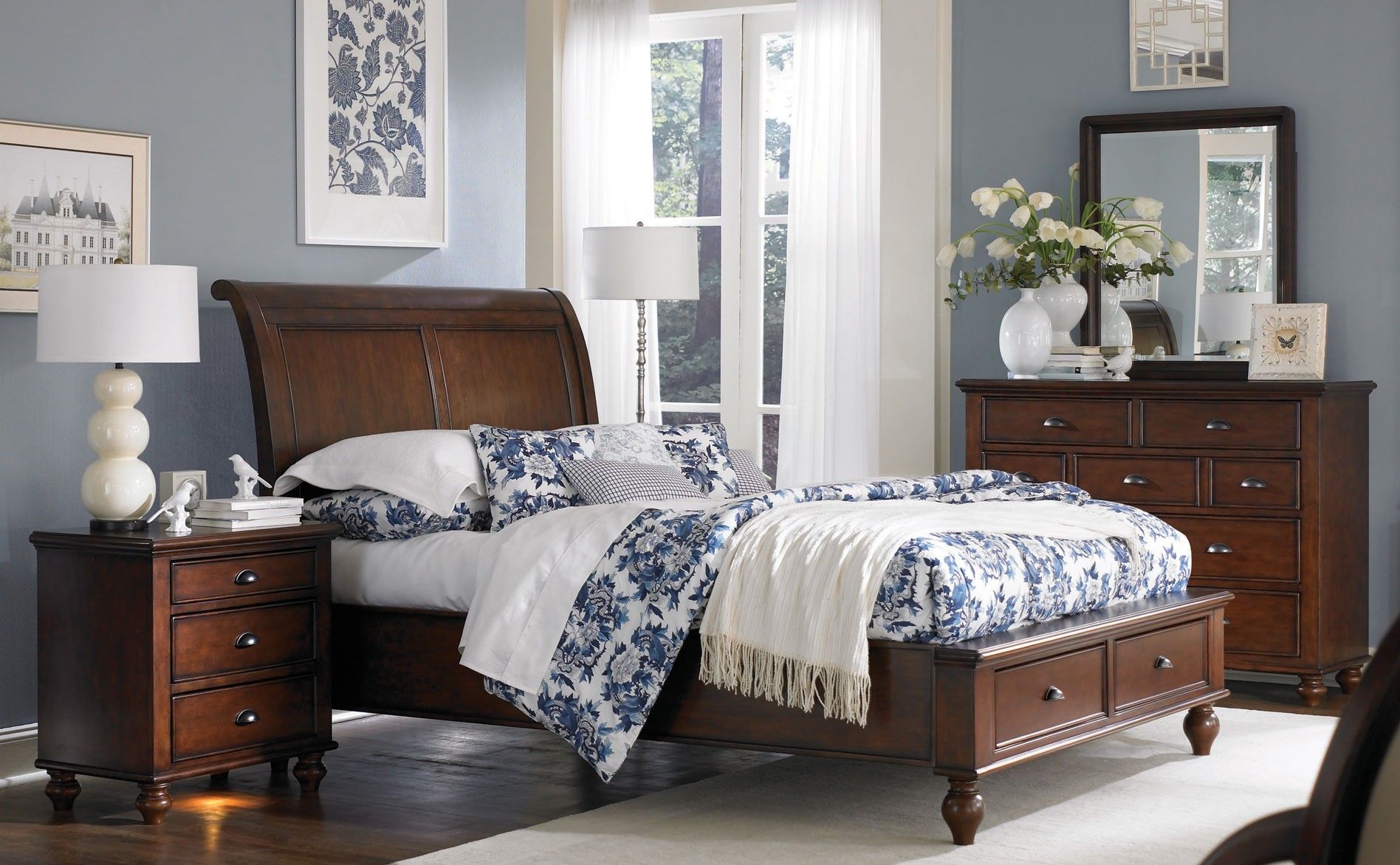
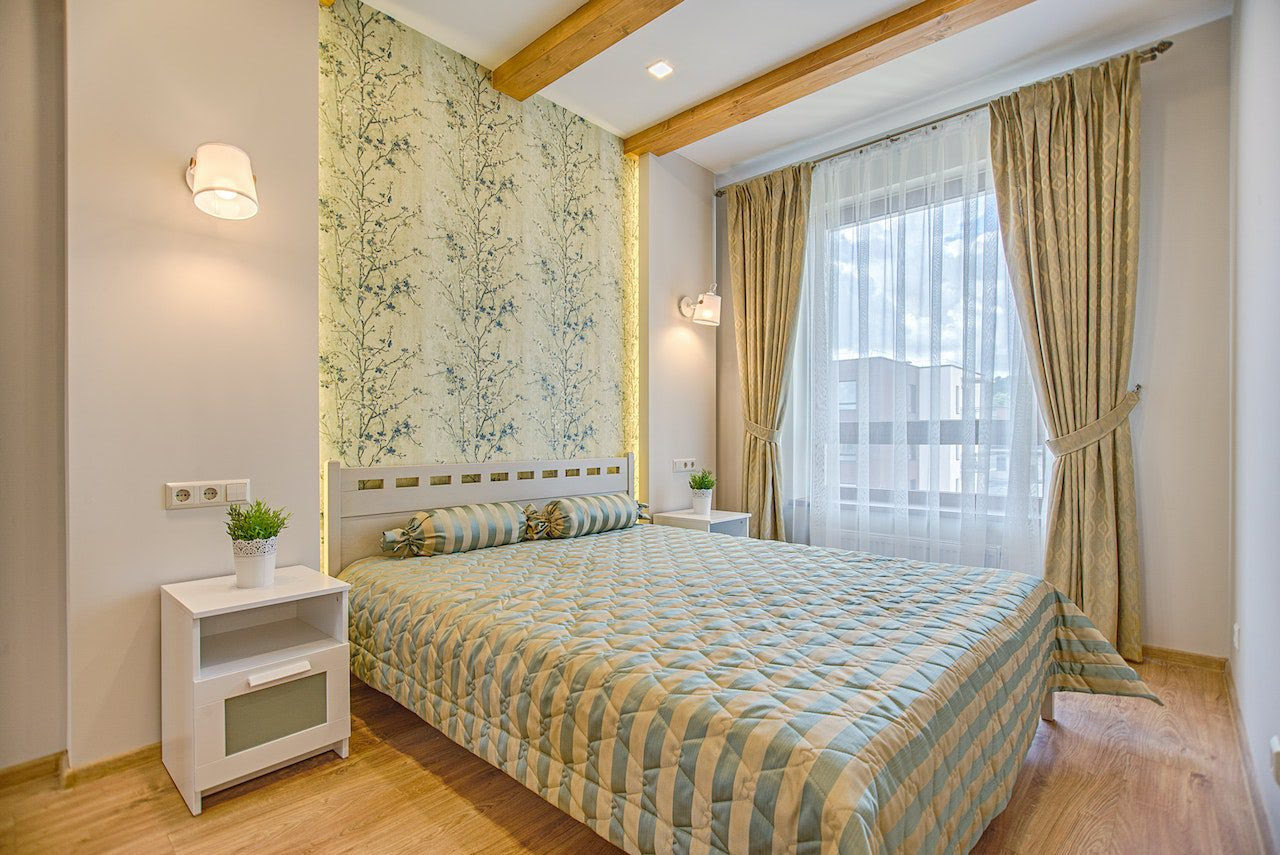
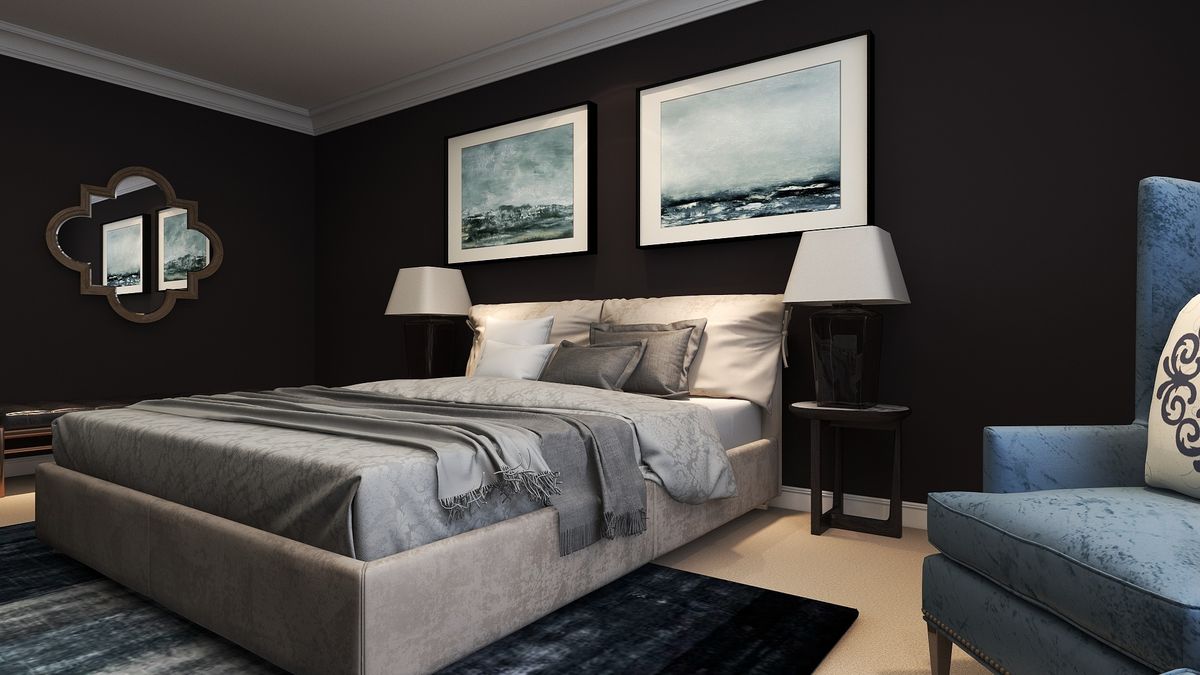
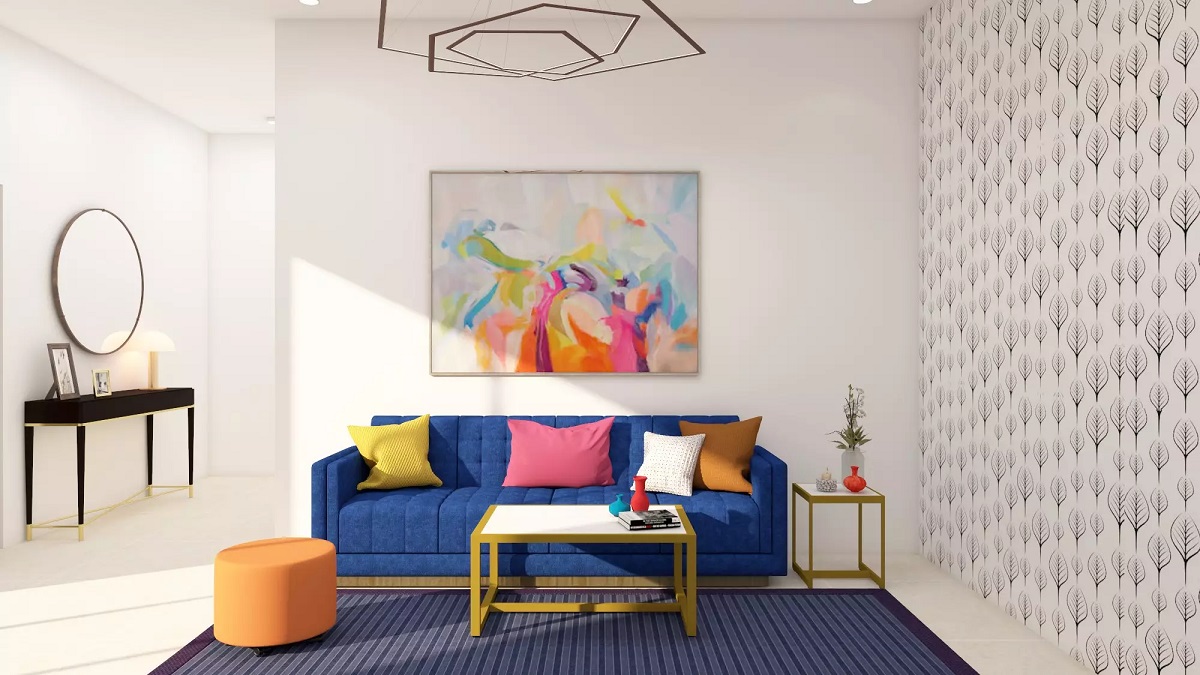
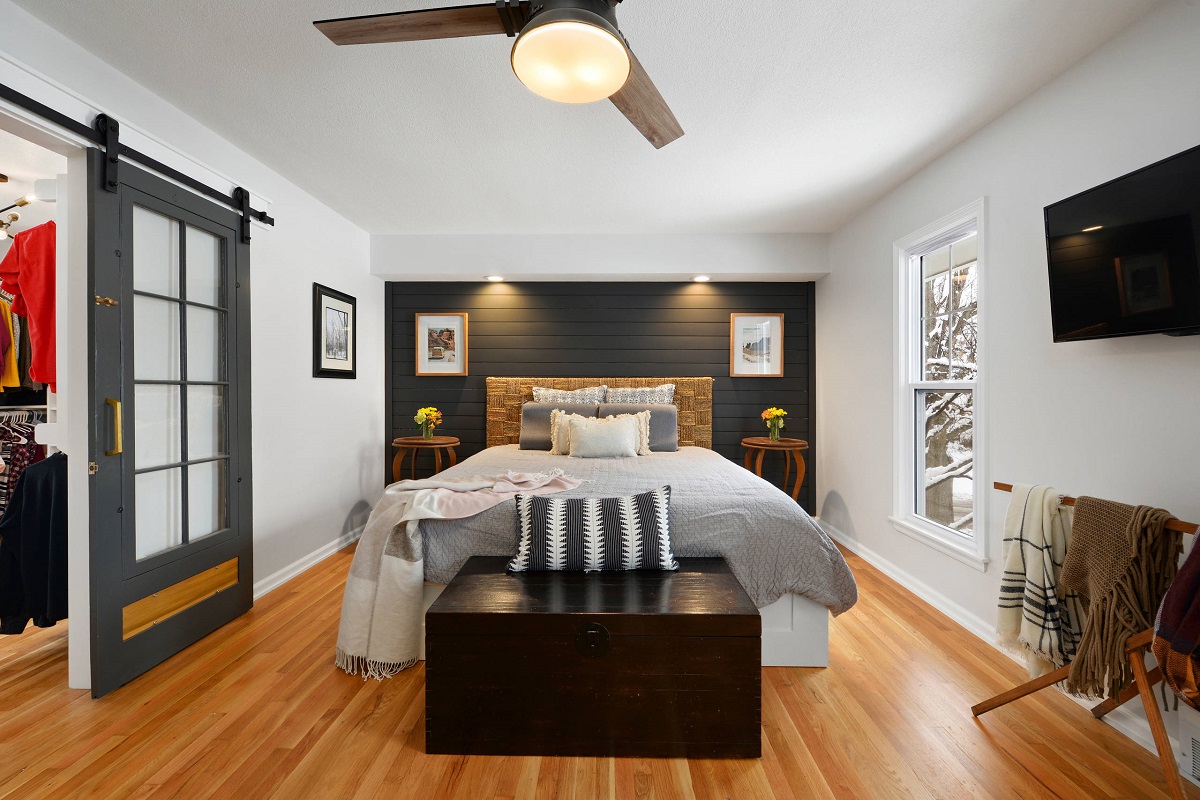

0 thoughts on “Bedroom Furniture Ideas: 10 Design Tips For Sleep Spaces”